Beginning of the second cycle
The third year of high school is a pivotal time when some students can begin to specify their preference for an occupation or field with a view to choosing courses or a vocational training program. It is important to note, however, that not all young people have an established, solid preference. They still have time to explore, learn and experience various fields.
Guidance and educational information in the classroom
Young people sometimes have access to the Personal Orientation Project (POP) course, and to guidance tests or questionnaires permitting them to learn more about their interests, values, skills and personality traits.
This period is conducive to a more concrete exploration according to interests, abilities and personality, and according to the training sectors available.
Based on publications by Marcelle Gingras, guidance counsellor and retired professor at Université de Sherbrooke.
